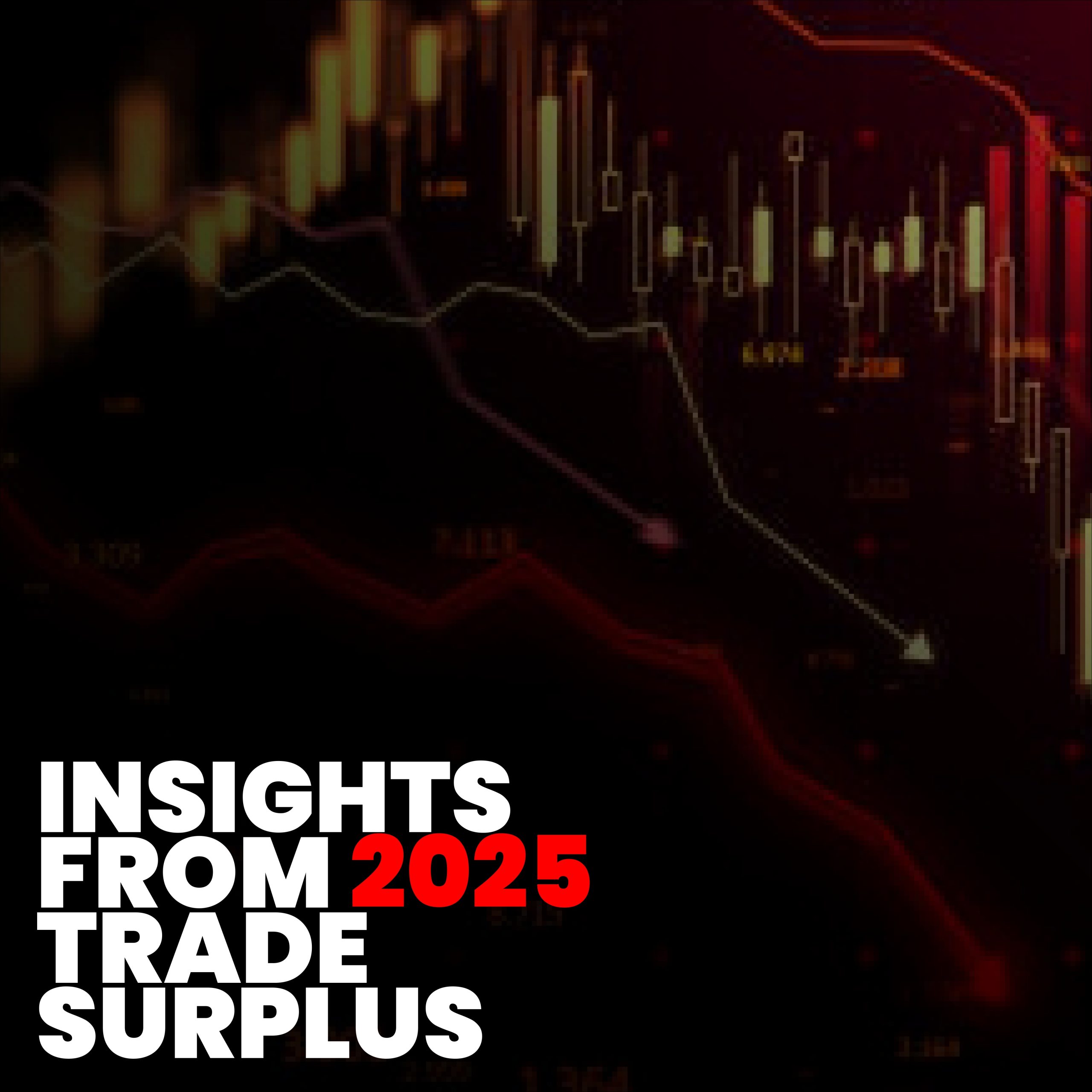Introductio
Trade Surplus in September 2025 rose to ZAR 21.8 billion, marking a notable improvement from the previous month. This surge reflects stronger exports, moderated imports, and exchange-rate effects. Beyond the headline, the figure offers important insights for policymakers, businesses, and investors. Understanding these patterns is crucial for planning, economic strategy, and risk management. This article outlines nine essential lessons from September’s trade performance, highlighting its drivers, sectoral impacts, and potential implications for South Africa’s broader economy.
Trade Surplus — Export Momentum
A key lesson from the September surplus is the importance of export momentum. South Africa’s exports, dominated by minerals, metals, and agricultural goods, drove the increase. High demand for platinum, iron ore, and gold raised foreign-receipt totals. Seasonal agricultural exports, including fruits and wines, further bolstered the balance. The surge highlights the economy’s reliance on commodity markets, emphasizing the need to monitor global demand trends and develop strategies to diversify the export base for sustainable trade performance.
Trade Surplus — Import Control
Slower import growth also contributed significantly to the surplus. Delays in capital equipment purchases, reduced consumer demand, or temporary supply-chain constraints limited import values. This helped tilt the trade balance favorably. However, while beneficial for external accounts, lower imports may also signal domestic economic caution. Businesses and policymakers must assess whether these changes are temporary disruptions or indicators of structural shifts in consumption and investment patterns.
Trade Surplus — Currency Dynamics
Currency fluctuations play a pivotal role in trade outcomes. A weaker rand makes exports more competitive while increasing the cost of imports, which can suppress import volumes. Conversely, a stronger currency may reduce the local value of exports and encourage imports. September’s surplus was influenced by these currency dynamics, demonstrating the intertwined nature of exchange-rate movements and trade balance outcomes. Monitoring exchange-rate trends is critical for interpreting trade figures accurately.
Trade Surplus — Sectoral Winners
Not all sectors benefit equally from a trade surplus. Mining and agriculture were the primary contributors in September, while manufacturing and service sectors gained indirectly. Export-intensive industries enjoyed higher foreign receipts, whereas import-dependent manufacturers faced cost pressures. Understanding sectoral winners helps investors identify growth opportunities and allows policymakers to design targeted support measures to maximize the broader economic benefits of trade gains.
Trade Surplus — Timing and Seasonal Effects
Monthly trade statistics can be influenced by seasonal timing. Harvests, shipping cycles, and port congestion can create monthly spikes in export receipts, while import delays can artificially reduce trade deficits. The September surplus partly reflects such seasonal factors. Analysts often adjust for these effects to identify underlying trends and avoid overestimating the sustainability of short-term gains. Examining consecutive months provides a clearer picture of structural trade performance.
Trade Surplus — Terms of Trade
Favorable terms of trade contributed to the September surplus. When export prices rise faster than import prices, national income improves even if volumes remain stable. Commodity-exporting countries like South Africa benefit from this dynamic. Higher export prices for metals and agricultural products relative to stable import costs increase the trade surplus in rand terms, strengthening the external position. Monitoring terms of trade helps anticipate the durability of surpluses and potential economic impacts.
Trade Surplus — Policy Implications
A rising trade surplus provides policymakers with strategic options. It can ease currency pressures, supporting exchange-rate stability, and may influence interest-rate considerations. Fiscal authorities could leverage the improved external position for infrastructure investment or debt management. Nevertheless, single-month surpluses are not sufficient for permanent policy shifts. Long-term planning and structural reforms remain essential to convert temporary gains into sustained improvements in trade performance.
Trade Surplus — Risk Factors
While September’s result is positive, risks remain. Commodity price fluctuations, global economic slowdowns, or unexpected currency appreciation could reduce future surpluses. Import rebounds and domestic demand shifts also affect trade balances. Evaluating these risks is essential for policymakers, investors, and businesses to make informed decisions. Scenario planning, diversification strategies, and robust trade infrastructure can help mitigate exposure to external shocks.
Trade Surplus — Lessons for Businesses
Businesses can draw important lessons from the September surplus. Export-oriented firms should capitalize on favorable global conditions and consider market expansion. Import-reliant companies need to manage currency and cost exposure carefully. Understanding sector-specific impacts and timing effects enables strategic planning. Companies that align operational decisions with macroeconomic insights are better positioned to benefit from trade trends while mitigating potential risks.
FAQs
Q: What caused the Trade Surplus in September 2025?
Stronger commodity exports, moderated imports, and currency effects contributed to the ZAR 21.8 billion surplus.
Q: Will the Trade Surplus affect the rand?
A larger surplus can stabilize the currency, but broader macroeconomic factors also influence exchange-rate movements.
Q: How should investors interpret the Trade Surplus?
Investors should consider sustainability, sectoral contributions, and underlying trends to evaluate whether the surplus signals lasting economic improvement.
Conclusion
Trade Surplus in September 2025 offers valuable lessons for South Africa’s economy. The ZAR 21.8 billion gain reflects strong exports, controlled imports, favorable currency effects, and seasonal factors. While encouraging, the surplus’s sustainability depends on global demand, domestic consumption, and exchange-rate dynamics. Businesses, investors, and policymakers can benefit by understanding sector-specific impacts, assessing risks, and aligning strategies with broader trade trends. The September result provides optimism, but ongoing monitoring and structural planning are crucial for long-term external stability.




